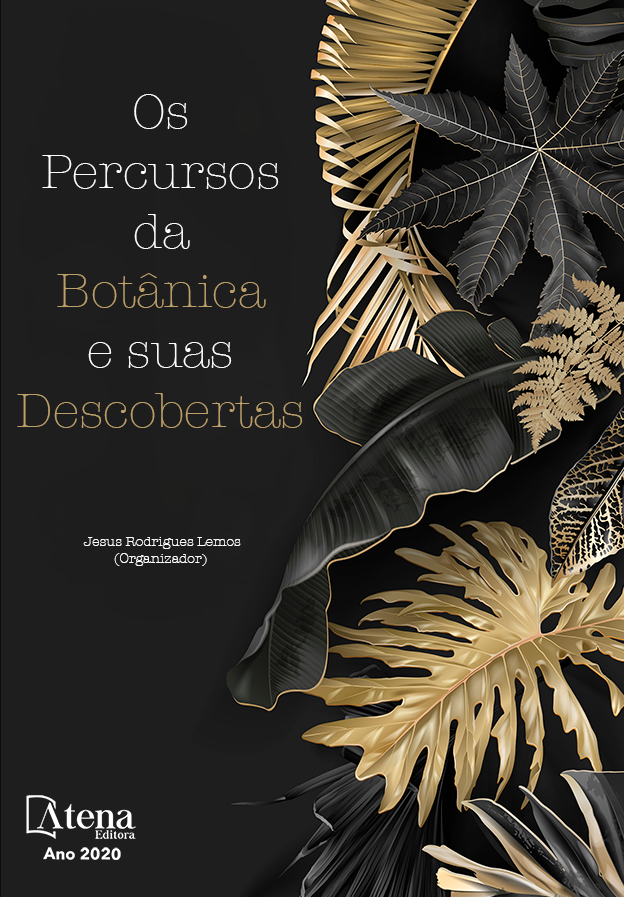
ESTUDO FARMACOBOTÂNICO DAS ESPÉCIES DE Emilia (Cass.) Cass. (ASTERACEAE)
Dentre as cem espécies do gênero Emilia (Asteraceae) existentes, no Brasil ocorrem duas (E. fosbergii Nicolson e E. sonchifolia (L.) DC. ex Wight), as quais possuem usos na medicina popular e podem ser facilmente confundidas por usuários incautos. O objetivo deste trabalho foi descrever a morfologia e a anatomia das espécies E. fosbergii e E. sonchifolia, visando reconhecer estruturas úteis em sua identificação e diferenciação. Para o presente estudo foram utilizados dez indivíduos férteis de cada espécie, coletados no município de São Mateus, ES. Foram analisados caracteres morfológicos de folhas, inflorescências, flores e frutos destas plantas. As análises anatômicas foram realizadas em folhas, conforme as técnicas usuais empregadas em microscopia. As espécies apresentam características morfológicas distintas, principalmente no que se refere ao formato das folhas basais, tamanho da inflorescência, coloração das flores e nas dimensões do fruto e sua pilosidade. Entretanto, não foram observadas diferenças anatômicas entre as espécies. Deste modo, a morfologia contribui de forma significativa para sua identificação e diferenciação, enquanto a anatomia não responde satisfatoriamente.
ESTUDO FARMACOBOTÂNICO DAS ESPÉCIES DE Emilia (Cass.) Cass. (ASTERACEAE)
-
DOI: 10.22533/at.ed.6992004105
-
Palavras-chave: Emilia fosbergii, Emilia sonchifolia, morfoanatomia foliar
-
Keywords: Emilia fosbergii, Emilia sonchifolia, leaf morphoanatomy
-
Abstract:
Among the hundred species of the genus Emilia (Asteraceae) existing, in Brazil there are two (E. fosbergii Nicolson and E. sonchifolia (L.) DC. ex Wight), which have uses in popular medicine and can be easily confused by unwary users. The objective of this work was to describe the morphology and anatomy of the species E. fosbergii and E. sonchifolia, aiming to recognize useful structures in their identification and differentiation. For the present study, ten fertile individuals of each species were used, collected in the municipality of São Mateus, ES. Morphological characters of leaves, inflorescences, flowers and fruits of these plants were analyzed. The anatomical analyses were performed on leaves, according to the usual techniques used in microscopy. The species present distinct morphological characteristics, especially with regard to the shape of the basal leaves, size of the inflorescence, color of the flowers and in the dimensions of the fruit and its hairiness. However, no anatomical differences were observed between the species. Thus, morphology contributes significantly to its identification and differentiation, while anatomy does not respond satisfactorily.
-
Número de páginas: 15
- Fabiane Fonseca Ribeiro
- Luena de Oliveira da Conceição
- Alexandre Indriunas
- Marcos Roberto Furlan
- Cynthia Hering Rinnert
- Elisa Mitsuko Aoyama


